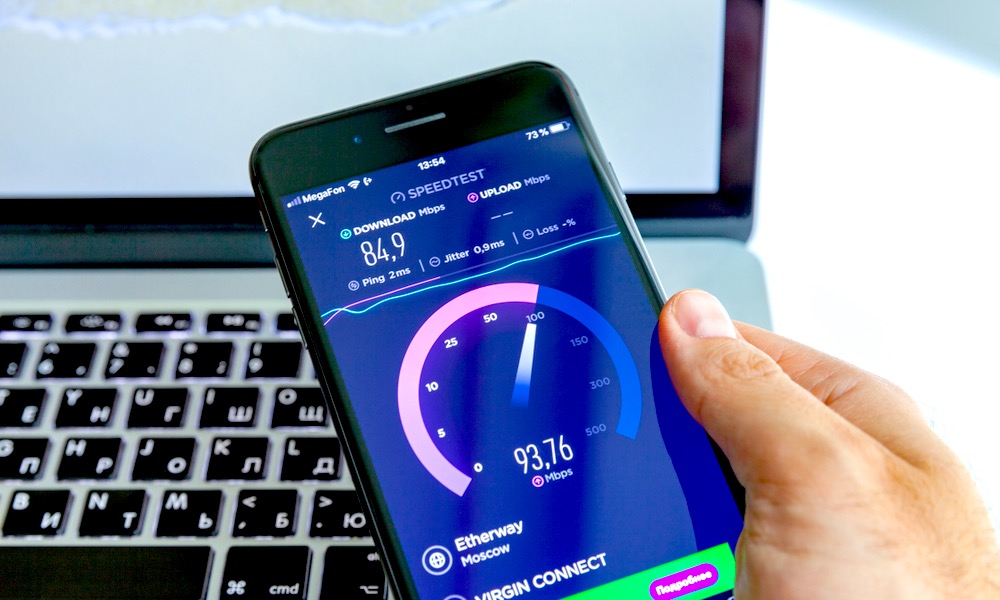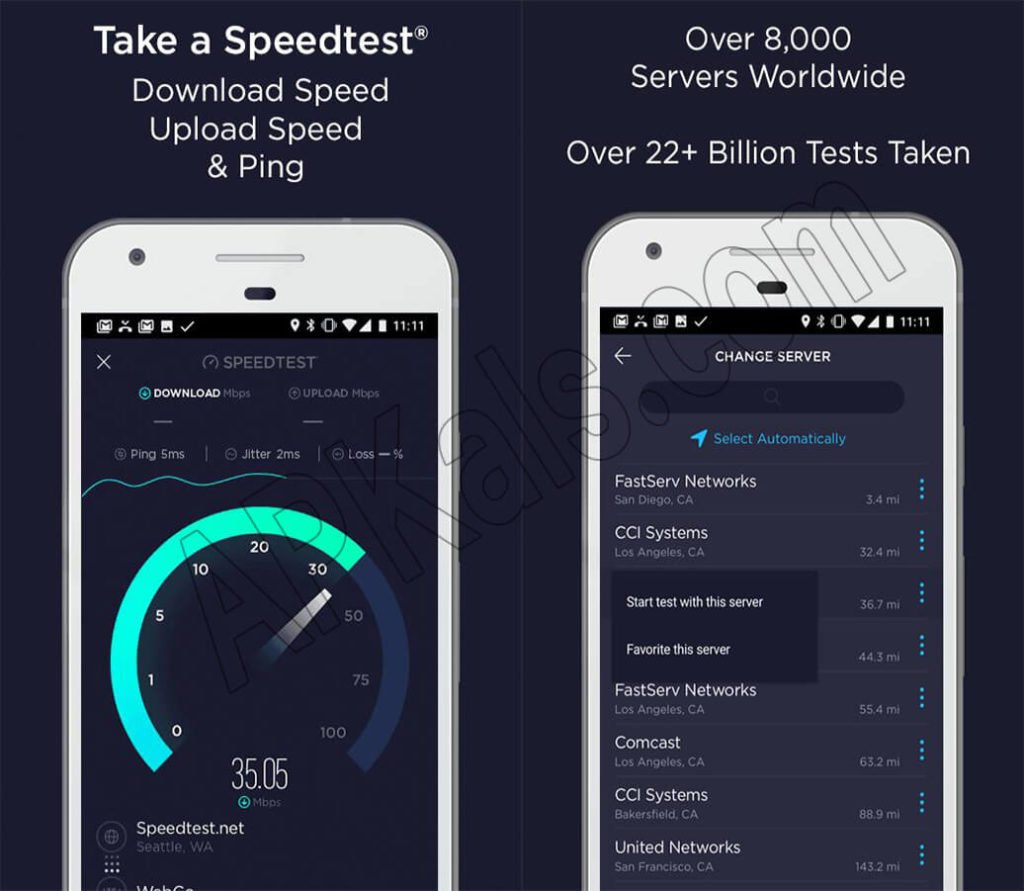

Some devices absorb a lot more bandwidth and are essentially hogs when it come to the internet being shared. But we all know that there is usually multiple devices connected all sharing the network, well kind of sharing. Wow this was a good test, So in theory if I run one device on this network, having all the bandwidth to itself then this would be its performance.
#Speedtest by ookla faster on mobile download#
So we have 192Mbps download average speed being sent from servers around the world beaming down via satellites to our Dishy and 10 Mbps upload is what we can send back to the world wide web. Lets take a look at our results and break it down a little. So this test represents just how much bandwidth you have to split over all your devices. The test reflects your Starlink systems connection to the world wide web (outside the home) unlike the green which is all about the inside connectivity to a single device in the home. The blue circle is your true internet speed, unlike the green which gives us the speed to our device the blue circle calculates our total bandwidth being delivered to the location. If possible get the devices within range of the 5 GHZ network or better yet a hardwire connection (which still to this day is the best connection), we've consistently doubled our Starlink speeds by hardwiring our device's. So the main point here, is that when using this test take note of what network you're on and move closer or further away from the router to get accurate tests. The AI in the Starlink I would say is pretty darn accurate in its decisions, thank you Mr Musk. I wouldn't recommend this unless you have some knowledge of networking as you can do more damage than good.

A special note here is that you can manually set up the 2.4 and 5 networks in the Starlink system. Most likely it will assign you to the 5 GHZ when you're close to the router or have very little interference between the router and your device, and in turn will assign the 2.4 GHZ to devices that have some distance between the router and device, and or a lot of interference. So depending on your location and need for bandwidth the Starlink router will assign you to either network. The 2.4 GHZ band has much slower speed limits (actually 1/3rd the speed of 5 GHZ) but it has really long roads, making it better for long trips far from your home.


 0 kommentar(er)
0 kommentar(er)
